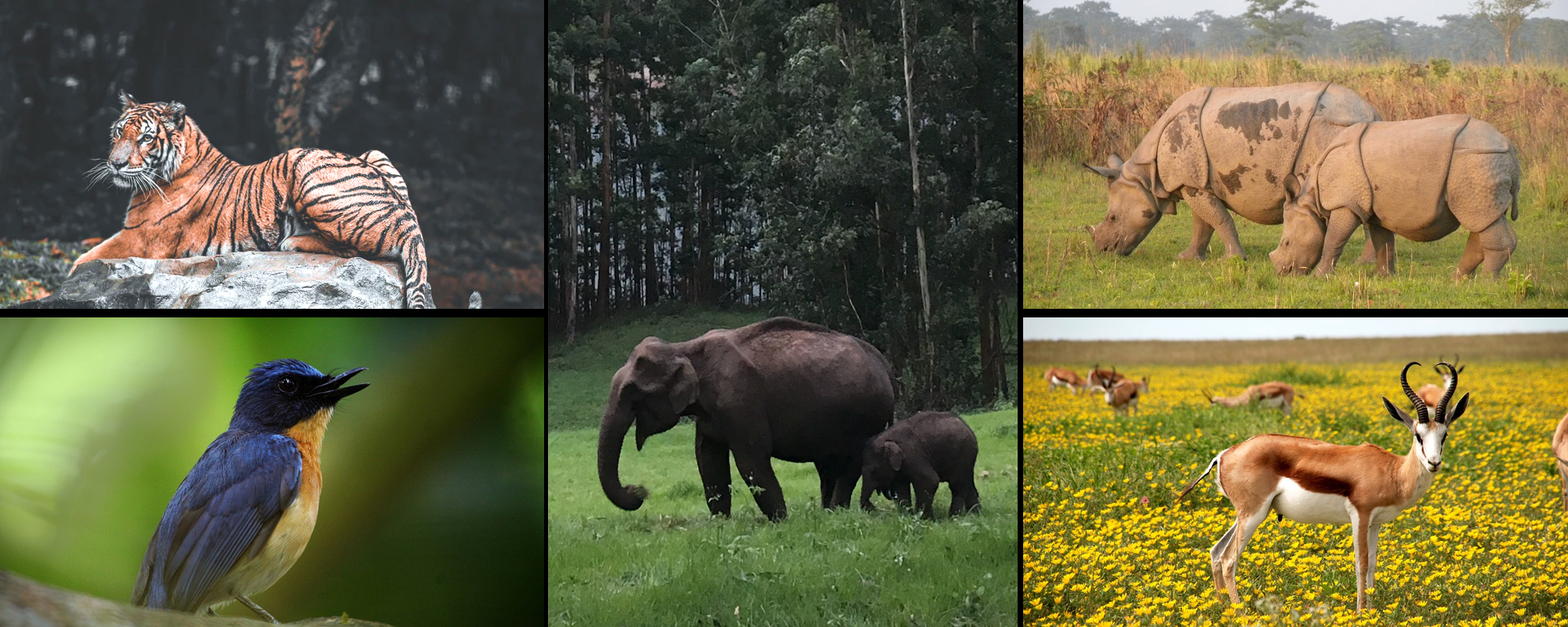
Wander into the pristine beauty of the lush green grassland with a breathtaking view of the mountains in the background and exotic flora that makes the Khangchendzonga National Park even prettier. Situated in the North Sikkim area, Khangchendzonga National Park is also known locally as Kanchenjunga National Park with an expansive area of 1784 square kilometers. The area was announced as a National Park in the year 1977 and is a part of Khangchendzonga Biosphere Reserve.
The name of the park has been derived from the third highest mountain peak in the world, the Kanchenjunga or Khangchendzonga, meaning The Abode of the Gods. The mountain peak makes an impressive and spectacular background with a daunting height of 8586 meters above sea level and attracts a horde of visitors to this park. The park is one of the most significant and protected areas in the Himalayas and is a fine example of an autonomous mountain with its own glacial system radiating from its various summits. The glaciers and crests towards the north side consist of Nepal, Talung, Tent Mountain, and the Zemo and Simyo glaciers along with some other peaks such as Pandim, Narshing, Siniolchu, and so on.
The park witnesses many wildlife enthusiasts and escapade lovers who are attracted towards natural beauty and the permanent territory of mountains in the park, its green jungles, blossoming meadows, and many small streams and watercourses flowing in the wilderness. The vegetation comprises temperate wide-leaved jungles dominated by oaks, fir, birch, maple, alpine, etc., along with many medicinal plants. The park is also home to many diverse species of wildlife that add to the thrilling experience of exploring the area. Lots of trekking routes are present in the park which the visitors can take to have a thrilling expedition or you can come across Lepcha tribal settlements located in the premises and get a deeper insight into the lifestyle of the people.
Oak, Willow, Birch, Fir, Maple, Alpine grasses, Shrubs, etc. Several species of medicinal plants and herbs are also found in the park.
Mammals: Musk Deer, Clouded Leopard, Snow Leopard, Wild Dog, Himalayan Tahr, Sloth Bear, Himalayan Black Bear, Red Panda, Civet, Tibetan Wild Ass, Blue Sheep, Serow, Goral, Takin, etc.
Birds: Blood Pheasants, Himalayan Griffon, Tragopan Pheasant, Green Pigeon, Tibetan Snow Cock, Snow Pigeon, Impeyan Pheasant, Asian Emerald Cookoo, Sunbird, etc.
The park gets heavy snowfall for most parts of the year and the mountains surrounding it are always covered with snow. The weather here is pleasant in the summer months that is April and May while the monsoon season begins from May throughout October.
The best time to visit this national park is between the months of March to May and September to mid-December. The weather is pleasant during this time and wildlife can be spotted easily.
Nearest Train Station: The closest railhead is Jalpaiguri railway station, about 221km from the park. Trains from all the major cities of India halt here and it is well-connected to a road network to the park.
Nearest Airport: The nearest airport is Bagdogra airport at about 222km of distance from the park. The airport is well-connected by a road network and taxis are available from the airport.
Road Accessibility : The national park is well-connected to major cities and places through an extensive road network. You can take either a public vehicle or a private one to reach the park through NH31A via Sevlok-Gangtok.
Copyright 2012-2022 Indiamap Digital Pvt Ltd. All rights reserved. Privacy Policy | Terms of Use